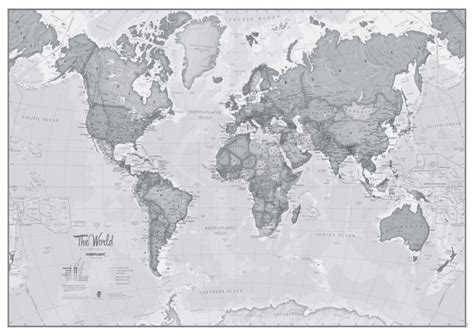The world is not black and white. It is a beautiful mix of many shades of grey. It is magically complex.
It is perhaps this challenge that underpins all of the social, environmental, and economic challenges we work through as sustainability specialists.
The challenge being that the majority of people want the world to be black and white. Good and bad. They want to be able to make quick decisions, or told what to do. They either don’t have the time or capacity to learn, or they’d simply rather watch another cat video.
Common examples we come across include – “plastic is bad, glass is good”, “palm oil is bad, coconut oil is good”, “meat is bad, plants are good”. The list goes on and I’m sure you are familiar with many more examples.
But as we are always having to explain to anyone who will listen…it depends.
I couldn’t tell you how many items someone has asked me a question like “is plastic or glass better?”, or ‘why does that brand use palm oil?’, or ‘why aren’t you a vegan?’ and I have set out to answer them then noticed minutes later that I’m still talking but they have long stopped listening!
Those of us in the “developed world” now live in environments where our attention is forever being fought for with incredible levels of invasion. What I remember most about going to a live NBA basketball game in the US is not the score or seeing the late Kobe Bryant slotting 3-pointers but the barrage of marketing and sales collateral that was fired at me from the moment I walked into the stadium. Every single break in play involved some form of marketing “entertainment”. From shooting t-shirts into the crowd, watching cheerleaders do flips, or seeing overweight men dancing with their bellies painted in a brand’s logo. There were even video ads playing in the mirror in the bathrooms!
We also live in a world heavily influenced by religions and cultures with beliefs of heaven and hell, god and satan, right and wrong that were formed in times when we did not have the scientific knowledge to explain solar eclipses, spring tides, locust plagues or other mind blowing natural phenomena.
It is within this environment we need to communicate the climate, plastic pollution, biodiversity, and public health crises (to name just a few), and the changes we need to rapidly make.
It is little wonder businesses struggle.
How do they make the best ethical, environmental, and economic decisions while communicating them to their customers and other stakeholders. How do they be the educators while also delivering their products and services to their customers desires? How do they explain they use palm oil while their competitors tout they are palm oil free? How do they explain they use plastic packaging while their competitors tout their use of glass?
(The desperate need for industry competitors to get over themselves and collaborate on these huge challenges that far outweigh their importance is a blog for another day)
It is little wonder greenwashing is so rife. I’m not giving those that do it any excuse – greenwashing is a fundamental threat to the health and well being of our environments, communities, and economies due to the misinformation it provides, and share confusion and distrust it evokes in our societies – (look no further than the bastardization of the term “biodegradable”) – but it is often done out of ignorance as much as it is down out of malice. It’s also commonly done from simple laziness or due to time and cost pressures. All of which can be avoided if businesses develop themselves a comprehensive sustainability strategy or deliver a comprehensive sustainability report. (See our Services page).
The challenge for business leaders is to take the time to deeply understand these problems, their root cause, how they are all connected, and the solutions at their disposal. Then face up to the contributions their business is having to these problems, make an informed plan or decision, and communicate that confidently and accurately to their stakeholders – at their corresponding levels of knowledge and attention span.
This is why we have created our 3 Levels of Communicating Sustainability. But that is a blog for another day (you can download our Communicating Sustainability here).
This is business and being a business leader in the 21st-century. Whether we like it or not we find ourselves in a time in human history in which we have to reset our course to live in harmony with the laws of the universe and the natural systems of our planet (aka live sustainably) or face complete environmental, societal, and economic collapse.
Although the world is magically complex it is also relatively simple. Every natural system in the world is circular. It is a water cycle, carbon cycle, nitrogen cycle. It is the CIRCLE of life.
So if we are to live sustainably on this planet (or others) we quite simply have to operate our businesses, societies, and economies in a circular way.
And that is the ultimate goal for businesses who want to “be sustainable” – be circular.
Generate no waste, no pollution, and power your operations using 100% renewable energy. That should be every businesses ultimate goal.
But on top of that, as we tell all our clients, the world is so sick and damaged it is not enough to simply sustain its current state. We desperately need to repair, restore and regenerate the atmosphere, the soils, the waterways, the oceans, the forest, the wetlands.
So the challenge we put forward to every business is to shift from being a linear business with a degenerative impact to one that is circular with regenerative impacts.
And that really is black and white.
Nick Morrison
Founder / Director
Cover image from https://www.mapsinternational.co.uk/the-world-is-art-wall-map-grey.html

